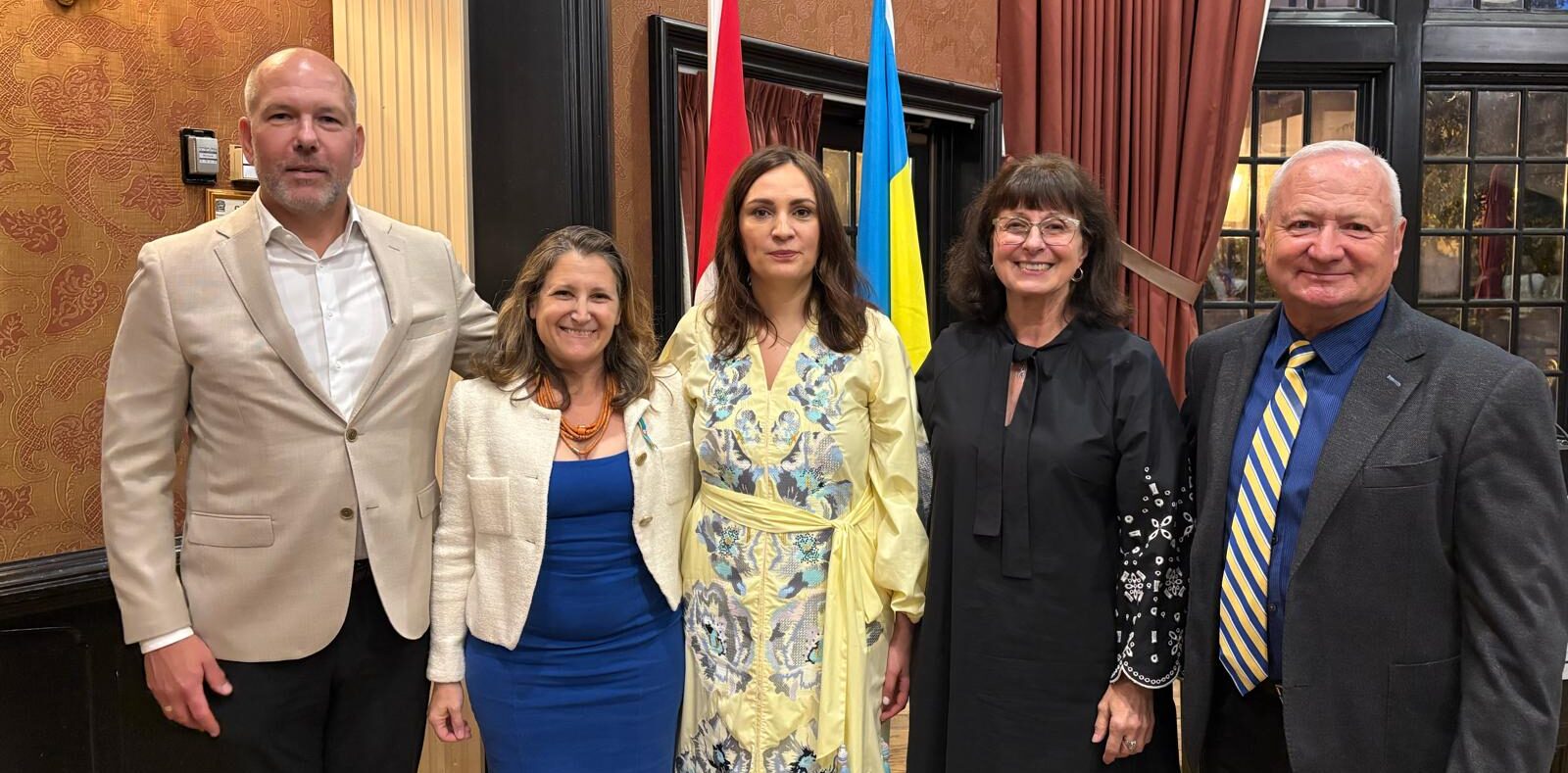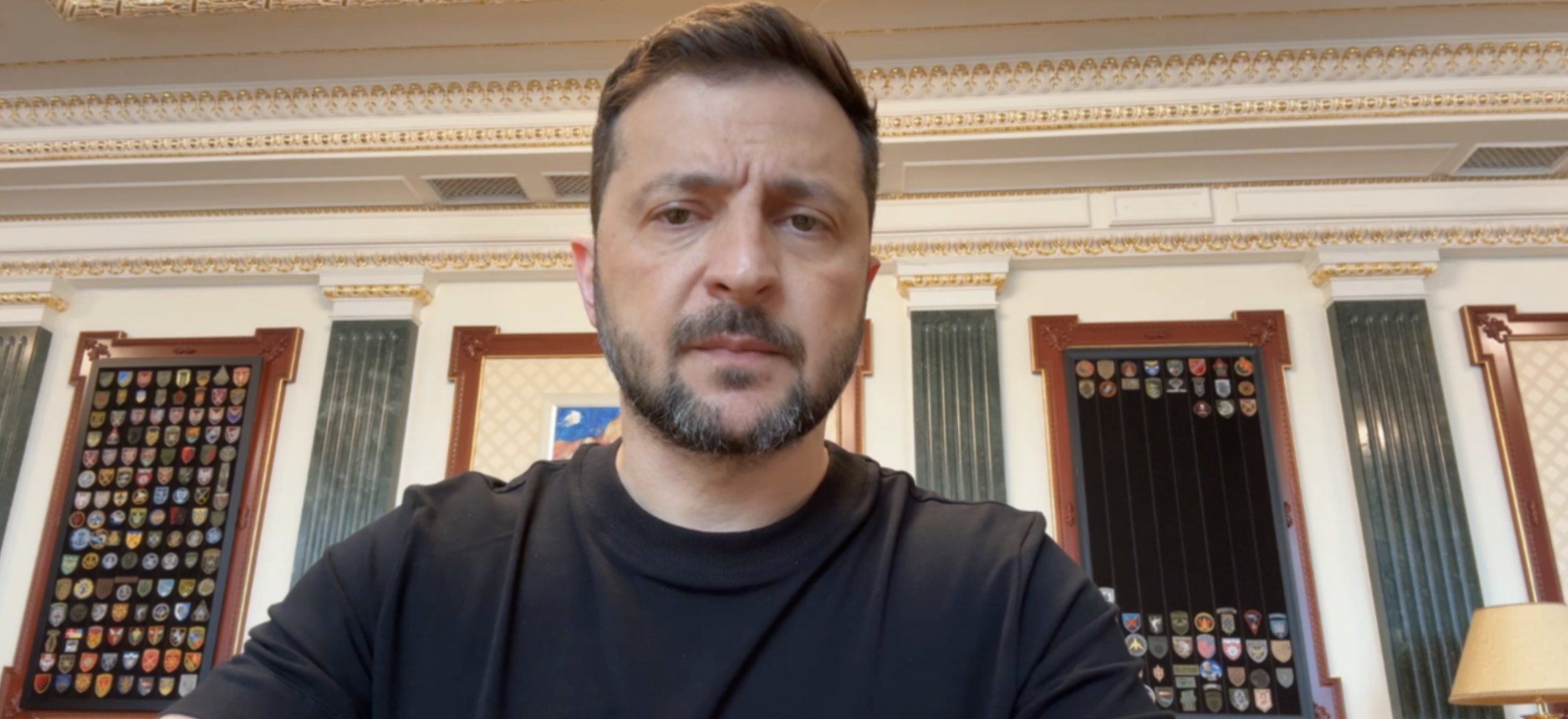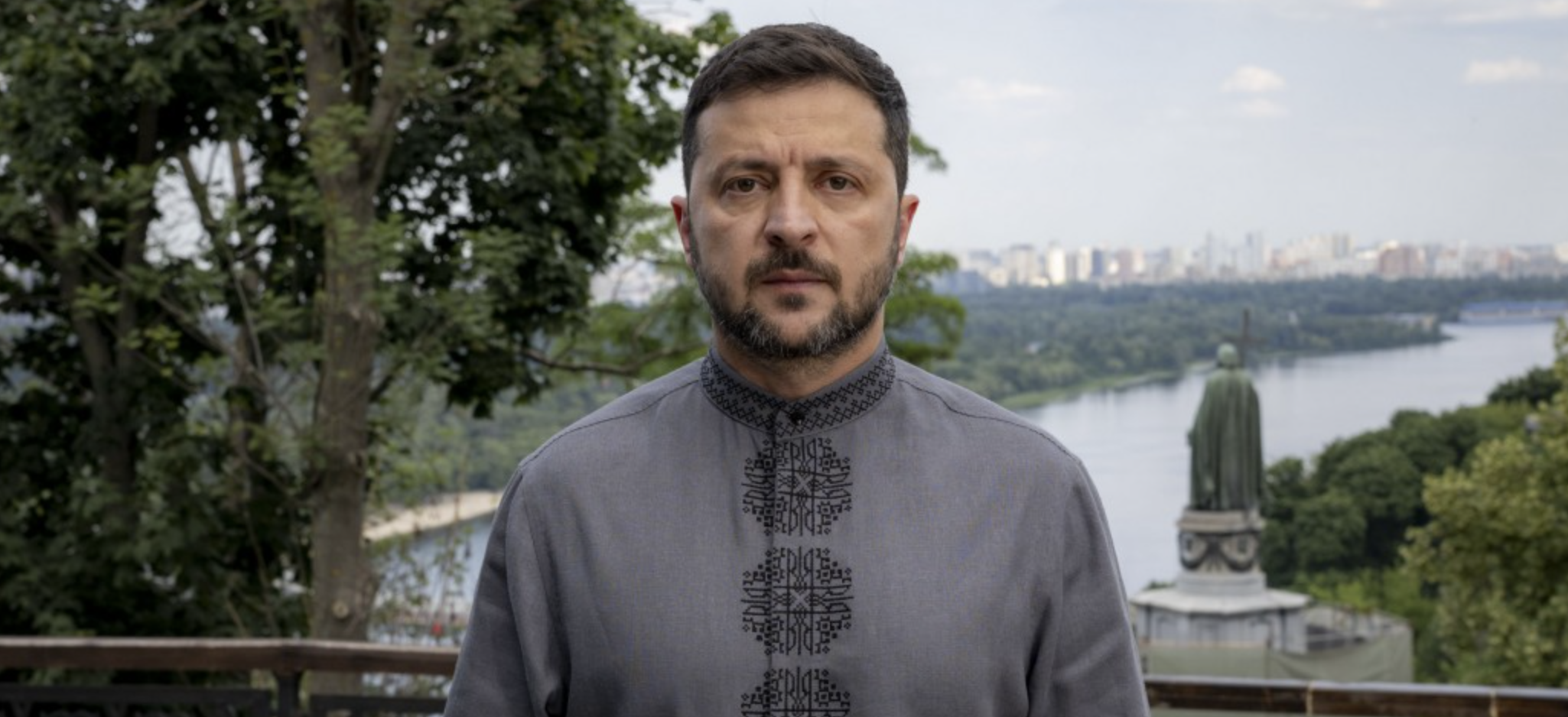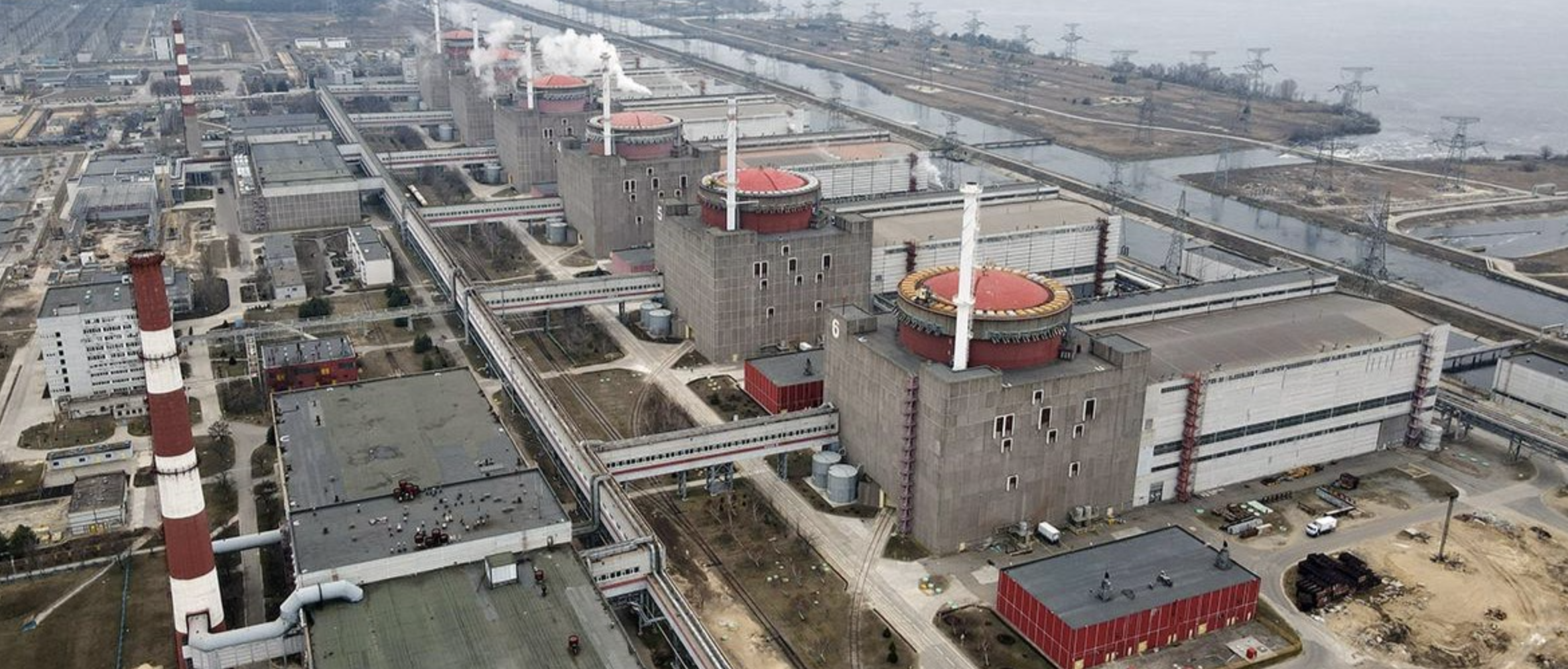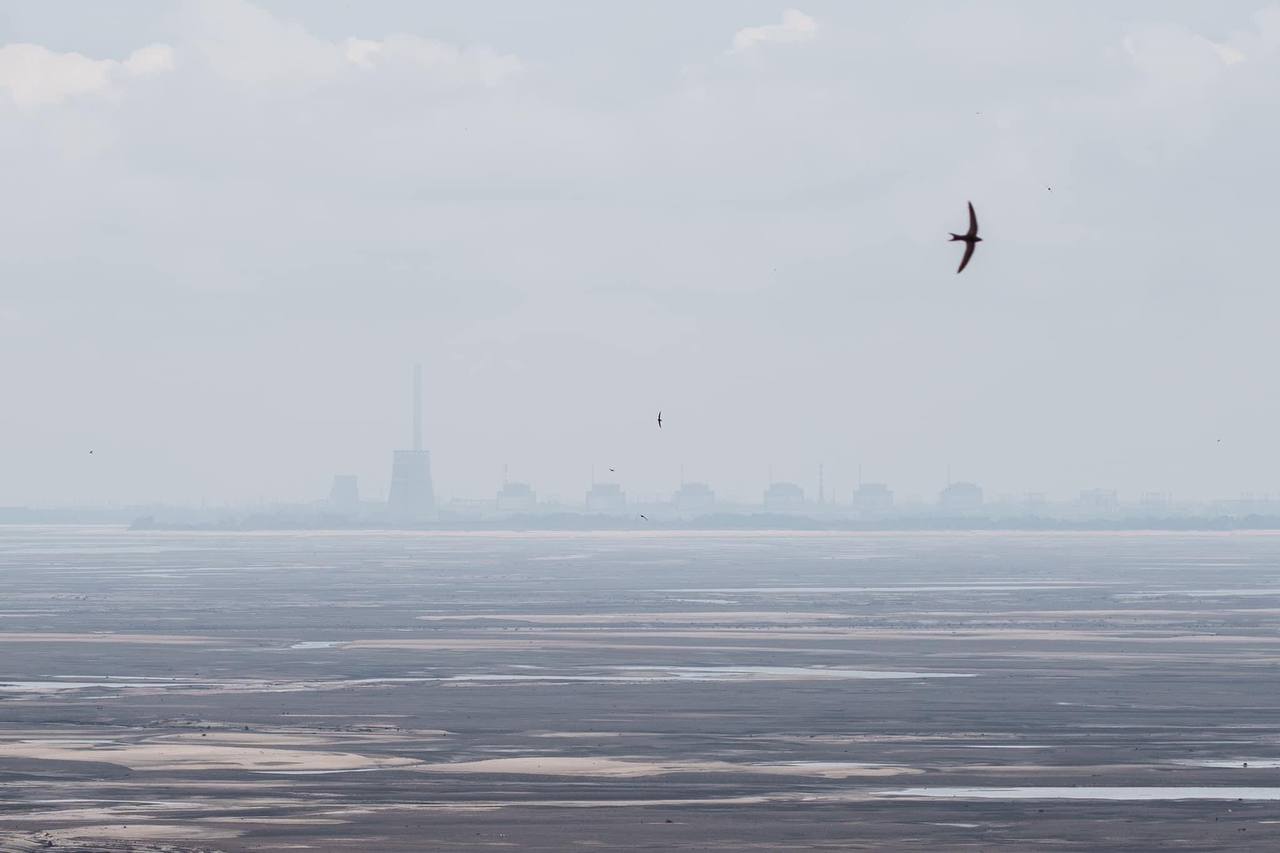
The Kakhovka Reservoir turned into a desert after the Russians detonated the hydroelectric plant. The water level dropped by more than 7 meters, the Ukrainian Hydrometeorological Center reports. Grinding continues.
“Velikyi Luh and Kamianska Sich national parks are gradually becoming deserts. It will take decades to restore these territories to their natural state – animal and plant life reproduction. Even now, the detonation of the hydroelectric power station has caused billions of dollars worth of damage to these parks,” Suspilne Culture writes.
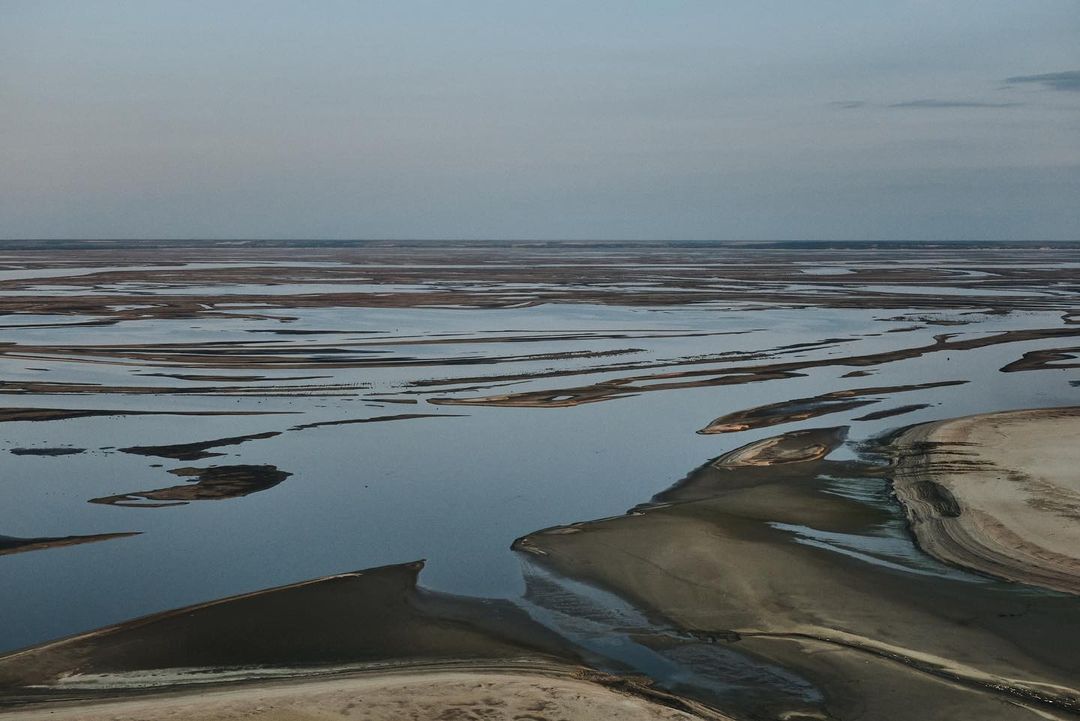
Immediately after the explosion of the Kakhovka HPP, a mass plague of fish began in the south of Ukraine; one species – sea pike – has already disappeared from the face of the Earth.
“The freshwater tsunami led to the complete disappearance of the entire population of red-book sea pike. In addition, the sturgeon, which during the spawning migration just came to the dam and were swept away by the water hammer, were seriously affected,” Doctor of Biological Sciences, Serhii Afanasiev, said in the interview with Vechirniy Kyiv.
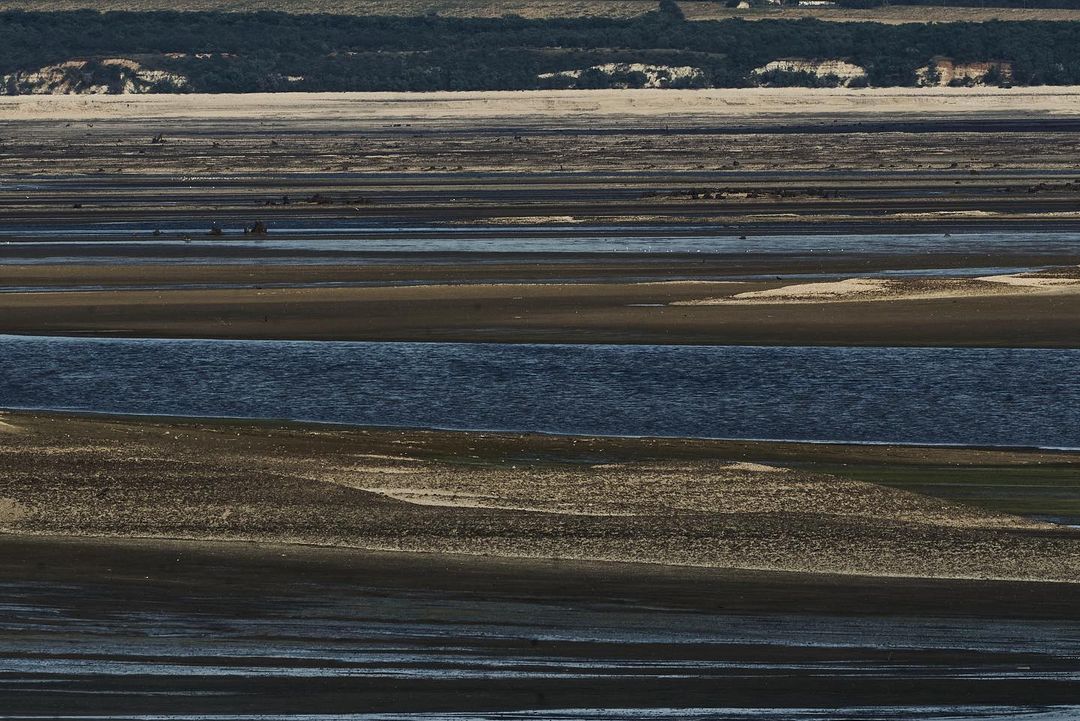
From Kherson to the Dnipro-Buh estuary, about eight thousand tons of marketable fish died from water hammer, Afanasiev adds. Birds, rodents, and insects were also affected. The corpses of domestic animals were found even at the coast of Georgia.
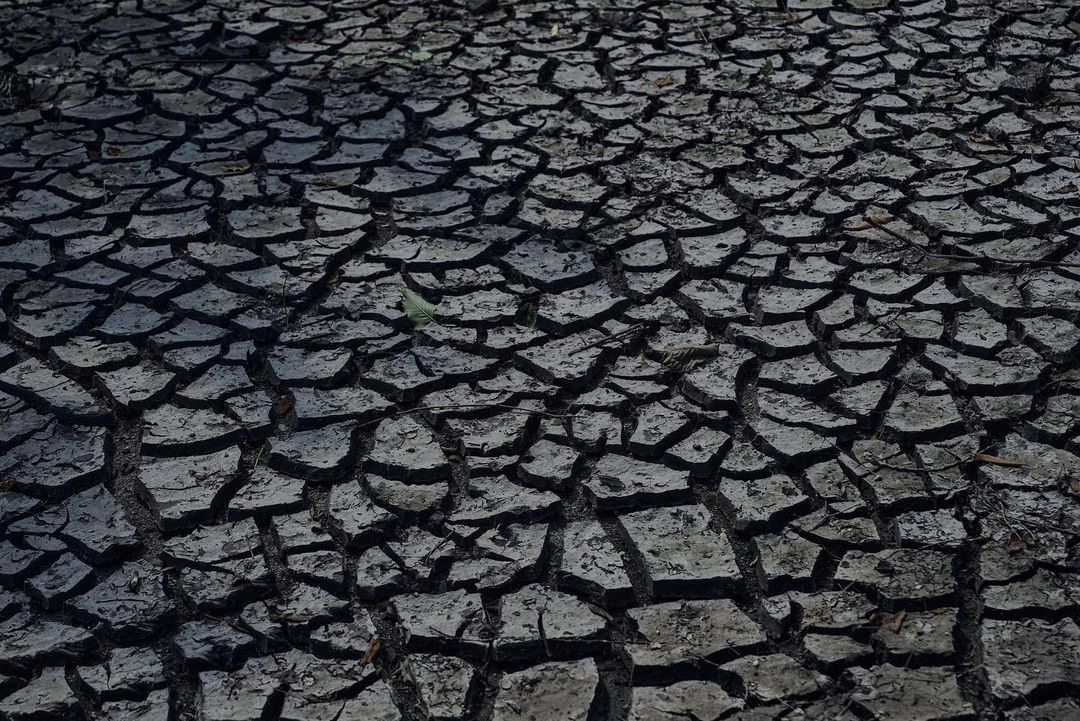
“The water will start to rot and become a source of intestinal diseases. And when all this gets into the Dnipro River, the consequences can be catastrophic. A huge amount of rotting liquid will also seep into the subsurface horizons. The quality of water from wells will deteriorate daily,” the Doctor of Biological Sciences explains.
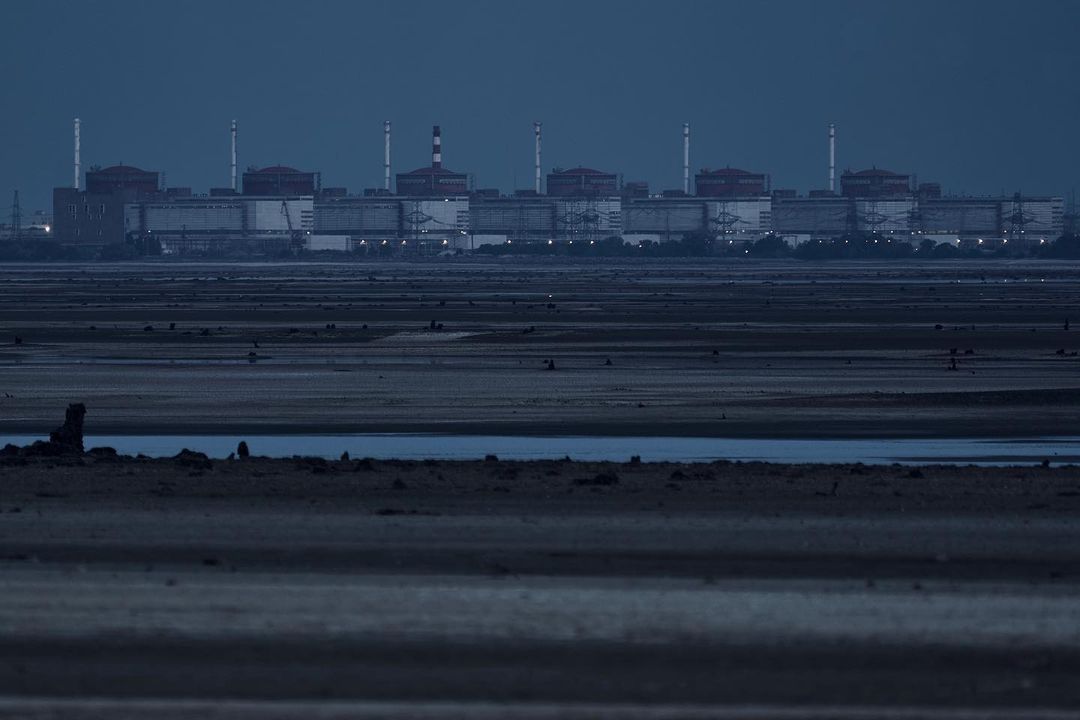
Russians detonated the Kakhovka HPP on June 6. It is impossible to restore the plant. Almost 80 settlements were flooded or partially flooded. It has been officially established that 21 people died. However, the number of victims on the temporarily occupied left bank of the Kherson Oblast is still unknown. According to the National Resistance Center, over a thousand residents died in the Oleshky settlement alone.
Photo: Serhii Korovainyi, Vlada and Kostiantyn Liberovy
